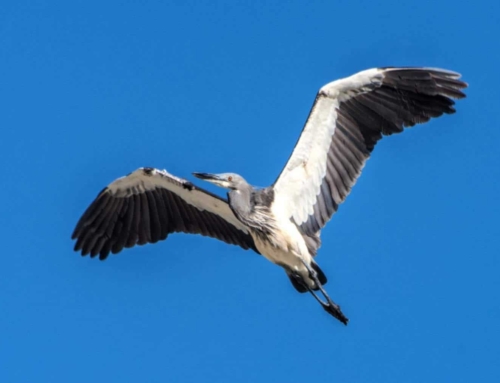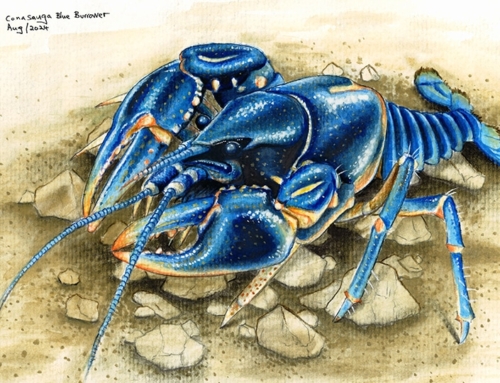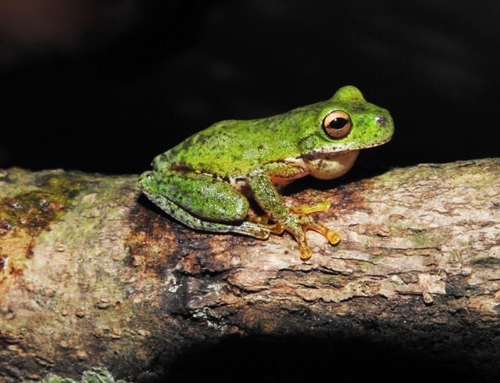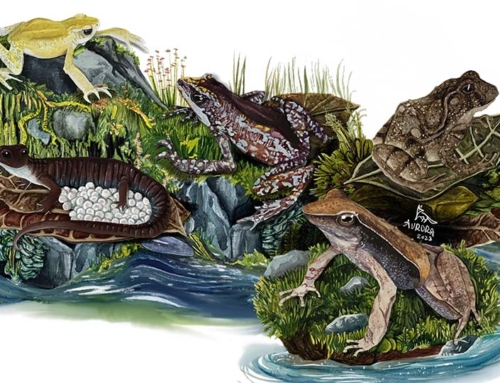Hundreds of new species are discovered across the diverse tree of life around the world every year. Every single discovery is an exciting moment, but the number of them reveals how little we know about our fellow species, and just how much we need to learn while we try to mitigate our impact and reverse the biodiversity crisis. This piece, the third in our series ‘In search of secret wildlife’, explores the stages after discovering or rediscovering a species, and the importance of knowledge networks such as the International Union for Conservation of Nature Red List of Threatened Species, World Database of Key Biodiversity Areas, and Alliance for Zero Extinction Sites in securing the future of a species.
Rediscovering, or even discovering, species is a momentous step towards ensuring their future, but what comes next? Many of the most recently discovered, or rediscovered species, remain a mystery to scientists, unless followed up by further research, without which it is difficult to develop effective conservation action plans or persuade policy-makers to prioritise their protection.
This is where one of the world’s greatest conservation tools comes into its own. The International Union for Conservation of Nature’s (IUCN) Red List of Threatened Species. This global list is the most comprehensive inventory of the global conservation status of species, categorising thousands of species and subspecies under a set of criteria evaluating risk of extinction: Data Deficient, Least Concern, Near Threatened, Vulnerable, Endangered, Critically Endangered, Extinct in the Wild, Extinct.
This list is free to access and provides governments, businesses, and civil society around the world with scientifically robust data on the conservation status of more than 130,000 species to help inform decisions that will affect biodiversity. Keeping the list up to date and expanding the list is a monumental task, but essential.
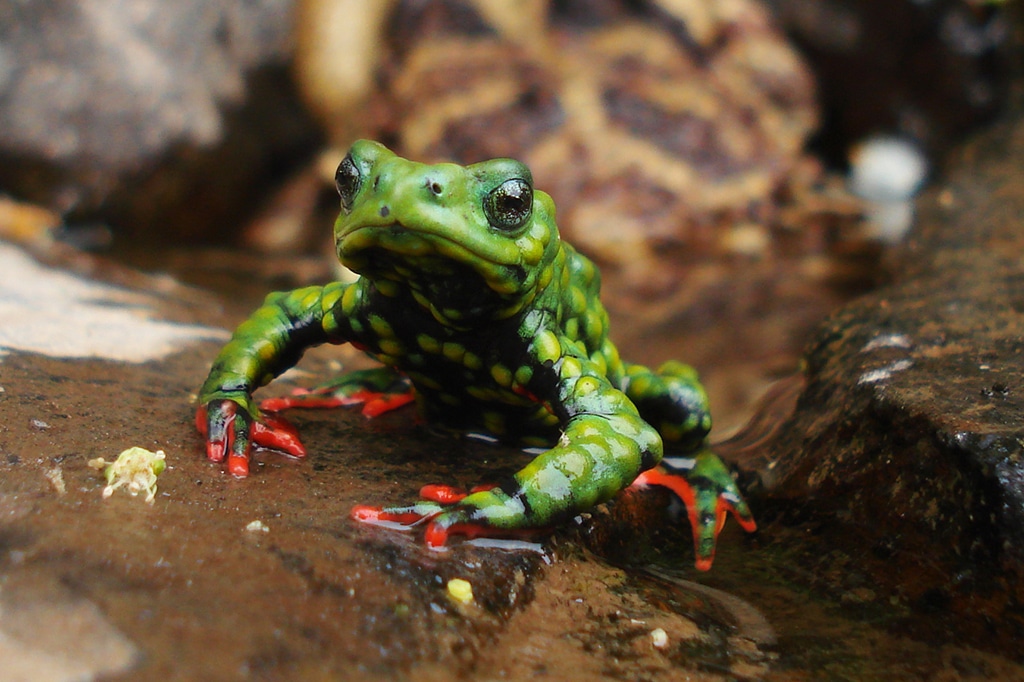
Until recently, the Admirable Red-bellied Toad was severely threatened by the construction of a hydroelectric power plant that would have wiped out its habitat, but joint efforts between academia, government, and local NGOs succeeded in stopping the plans. Image: Luis Fernando Marin da Fonte
Assessing the world’s amphibians
Supporting the latest Global Amphibian Assessment for the IUCN Red List by the IUCN Amphibian Red List Authority (ARLA) is one of the key ongoing projects of our Amphibian Programme. Amphibians are in the tight spot of facing precipitous declines (41 per cent of assessed amphibians are in danger of extinction, the highest of all the vertebrates) and our understanding of their ecology and conservation is shockingly low (around 120 new species of amphibians are discovered each year).
The impact of accurate conservation data from the list on saving species cannot be understated. The Critically Endangered status of the admirable red-bellied toad has been a vital statistic in conservationists’ efforts to prevent a hydroelectric power plant being constructed 500 metres upstream of its (very limited, about 0.035km2, which is just under 7 football fields) habitat which would almost definitely wipe out the species.
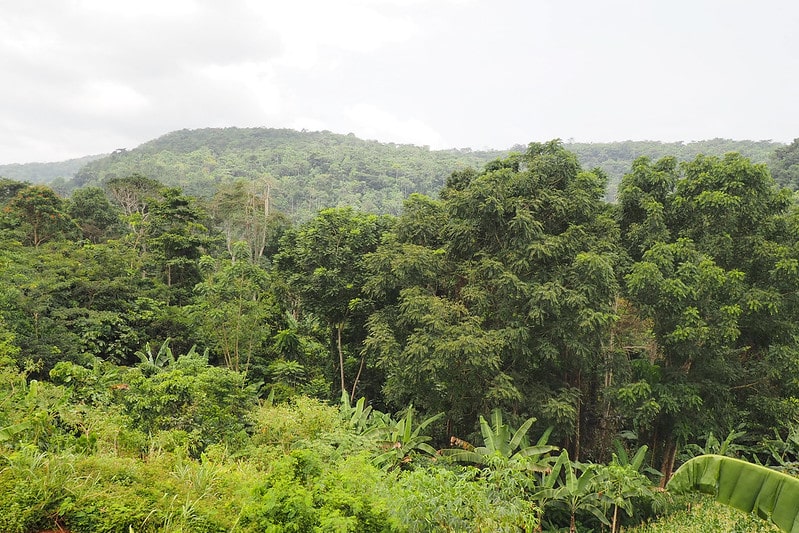
Foothills of the Atewa Forest Range, a highly important area in Ghana for biodiversity. Image: Ahtziri Gonzalez/CIFOR CC BY-NC-ND 2.0
Prioritising Key Biodiversity Areas
The information contained in the IUCN Red List feeds into another important tool in the global conservation movement: the World Database of Key Biodiversity Areas. Like the IUCN Red List, it highlights where conservation action should be of highest priority, providing information which can be used to make decisions. The database lists those places in the world that rigorous scientific research identifies as the most critical for species and their habitats, and creates a robust standard to guide conservation efforts and help the corporate sector avoid or reduce their impacts on biodiversity.
A recent example of how these two databases can work together and deliver impact for endangered species is the recent news from the fight to save Ghana’s Atewa Forest from bauxite mining (a key component of aluminium).
Atewa Forest is an incredible hotspot for African biodiversity, home to more than 1,000 species of plants, 230 species of birds, 570 butterfly species, and at least 50 species of mammals. Of these, four species are listed as Critically Endangered (CR) on the IUCN Red List of Threatened Species, one of which is the Afia Birago puddle frog which cannot be found anywhere else in the world (learn more from the scientist who discovered it in our interview with Caleb Ofori-Boateng).
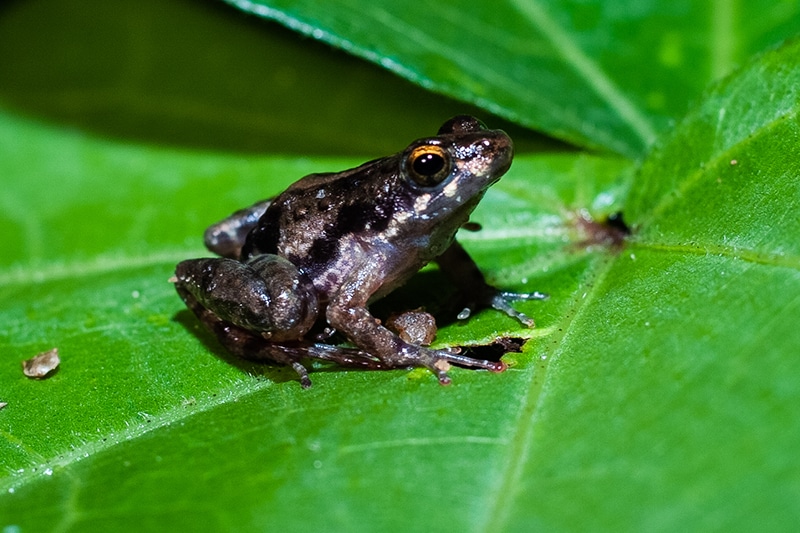
The Afia Birago Puddle Frog may be small, but as a Critically Endangered species limited in its range to Atewa Forest, its presence has had a big impact on the conservation of its entire ecosystem. Image © Caleb Ofori-Boateng
Alliance for Zero Extinction
Atewa Forest already met the criteria for a Key Biodiversity Area, but the discovery of the highly threatened and unique puddle frog triggered this habitat’s addition to the list of the world’s Alliance for Zero Extinction (AZE) sites. To achieve this reputable global conservation status, the area must hold the last remaining populations of one or more species listed as Endangered or Critically Endangered on the IUCN Red List of Threatened Species.
The impact of AZE status means that the forest now falls under the International Finance Corporation’s (IFC) No-Go areas for project financing, a huge victory for the conservationists fighting the government’s desire to mine the forest for bauxite. It has also affected the future viability of any bauxite mined in Atewa, as three global manufacturing leaders, BMW Group, Tetra Pak and Schüco International, have expressed their unwillingness to accept into their supply chains any aluminium sourced from bauxite mined in Atewa Range Forest Reserve.
These successes represent the importance of gathering conservation data on species and habitats, and how funding research can directly lead to decisions that will prevent decades of ecological damage. Our Freshwater Programme is currently supporting IUCN’s Freshwater Biodiversity Unit to review 555 candidate freshwater Key Biodiversity Areas around the world with the aim that confirmed KBAs will be prioritised for national protection by decision-makers.
“Synchronicity Earth is one of very few organisations prepared to support those vitally important conservation efforts that don’t necessarily grab the headlines. This approach is proving to be a lifeline to the important work of conservation organisations and projects which might not otherwise be funded.”
Dr William Darwall, Head, IUCN Freshwater Biodiversity Unit
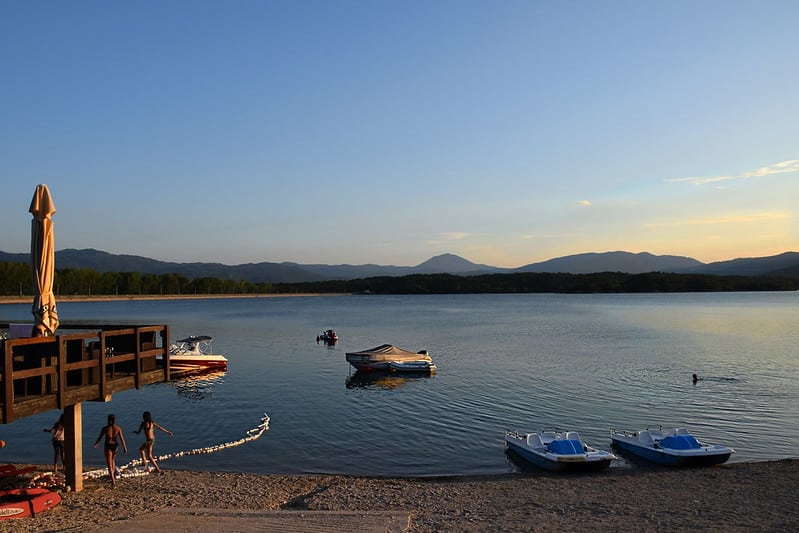
The catchment surrounding Nikšić in Montenegro is designated as a freshwater Key Biodiversity Area. Image: VV Nincic CC BY-2.0
Advancing a knowledge network
Hundreds of new species are discovered across the diverse tree of life around the world every year. Every single discovery is an exciting moment, but the number of them reveals how little we know about our fellow species, and just how much we need to learn while we try to mitigate our impact and reverse the biodiversity crisis.
Synchronicity Earth has analysed gaps in conservation action and funding, identifying our six priority areas where we believe targeted funding and support will have the greatest impact: Amphibian, Asian Species, Congo Basin, Biocultural Diversity, Freshwater, and High and Deep Seas. A key pillar of our work that runs throughout these programmes is scientific rigour, with the belief that effective conservation begins with knowledge, so in addition to supporting many incredible projects on the ground, we also support rigorous research and analysis which will strengthen the conservation movement.

